UK PMI Services was finalized at 53.9 in January, up from 50.0 in December. PMI Composite rose to 53.3, up from 49.3, back in expansion region for the first time since last August. Markit noted there was robust and accelerated increase in new orders. Growth expectations also continued to improve.
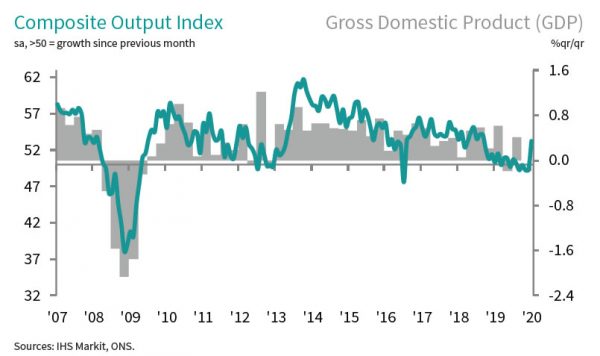 UK PMI composite finalized at 53.3,
UK PMI composite finalized at 53.3,
Tim Moore, Economics Associate Director at IHS Markit, which compiles the survey:
“January’s PMI surveys give a clear signal that the UK economy has picked up since the general election, as a diminishing headwind from political uncertainty translated into rising business and consumer spending. We maintain our nowcast of UK GDP rising by approximately 0.2% in the first quarter of 2020, which represents an improvement on the sluggish conditions seen at the end of last year.
“A solid return to growth in the service sector was the main factor behind the recovery in the UK economy, with survey respondents commenting that a rebound in sales enquiries had quickly translated into rising workloads so far this year.
“Signs of greater willingness to spend and renewed positivity about the domestic economic outlook has helped lift service providers’ growth projections to the highest for just under five years. However, this sub-index was the only measure in the final UK Services PMI dataset to drop since the earlier ‘flash’ estimate, which may suggest that business expectations tailed off towards the end of the month.
“With the vast majority of PMI survey data collected prior to 23rd January, we’ve yet to see any overall impact on business conditions from the Wuhan coronavirus outbreak, but disruptions to global supply chains and international travel could present risks to the UK economy and key trading partners in the coming months.”




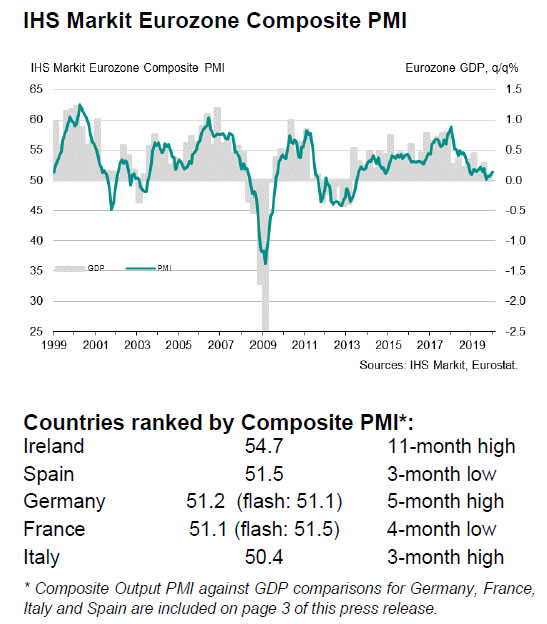
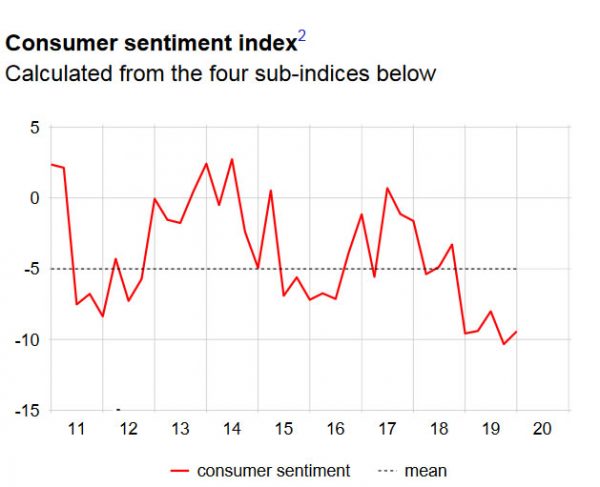
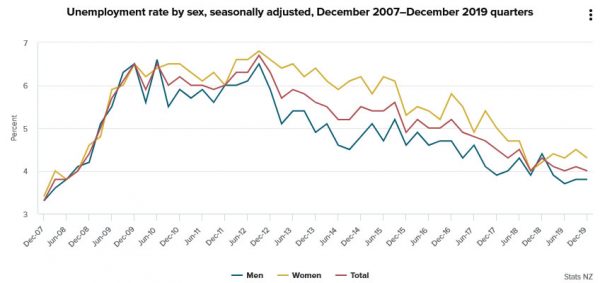
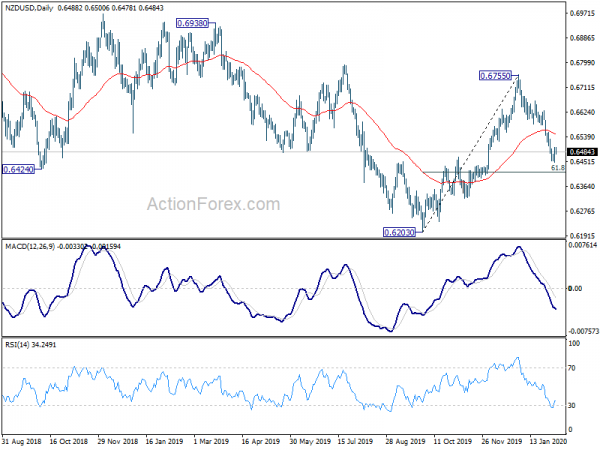
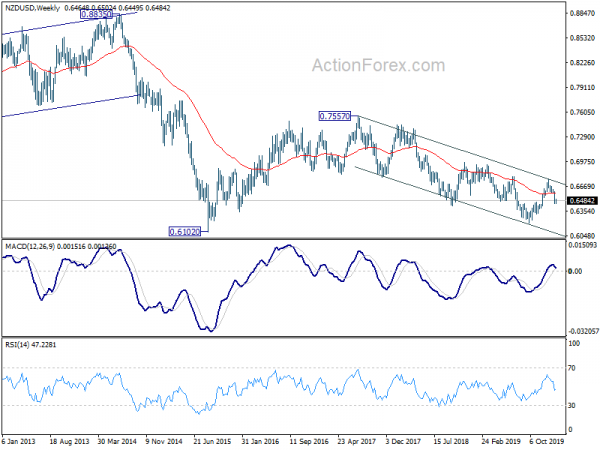
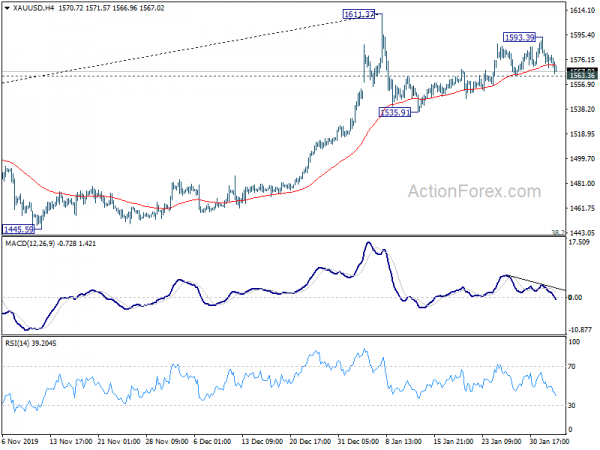
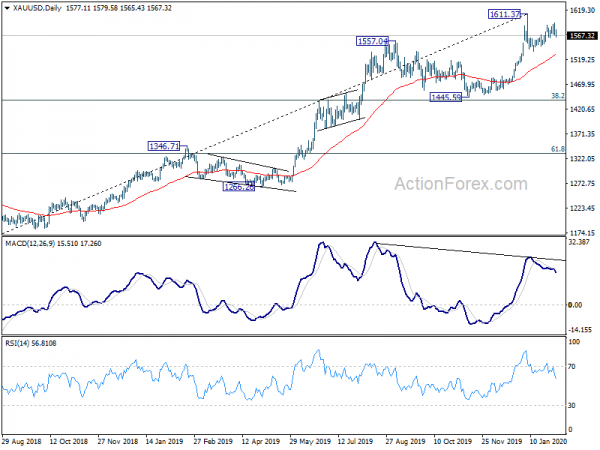
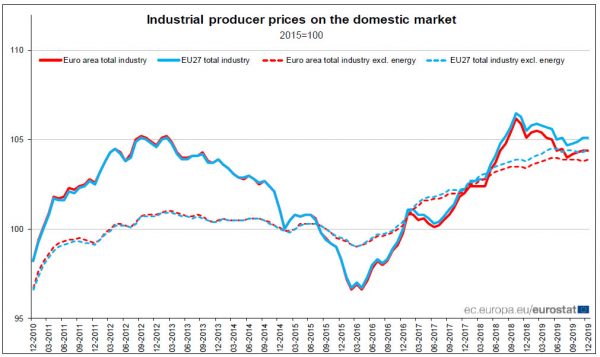
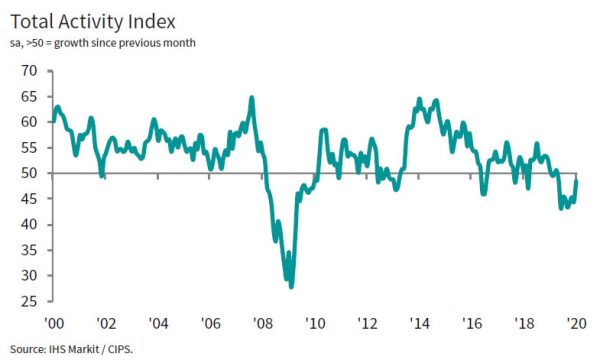
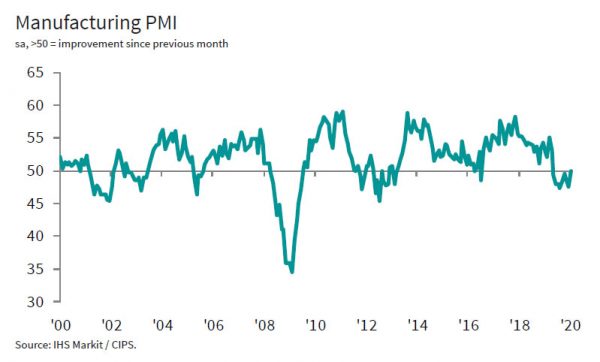

US ADP jobs grew 291k, strong among services and mid-sized businesses
US ADP report showed 291k growth in private sector jobs in January, well above expectation of 155k. By company size, small businesses added 94k jobs, medium businesses added 128k, large businesses added 69k. By sector, goods-producing companies added 54k while service-providing companies added 237k.
“The labor market experienced expanded payrolls in January,” said Ahu Yildirmaz, vice president and co-head of the ADP Research Institute. “Goods producers added jobs, particularly in construction and manufacturing, while service providers experienced a large gain, led by leisure and hospitality. Job creation was strong among midsized companies, though small companies enjoyed the strongest performance in the last 18 months.”
Full release here.